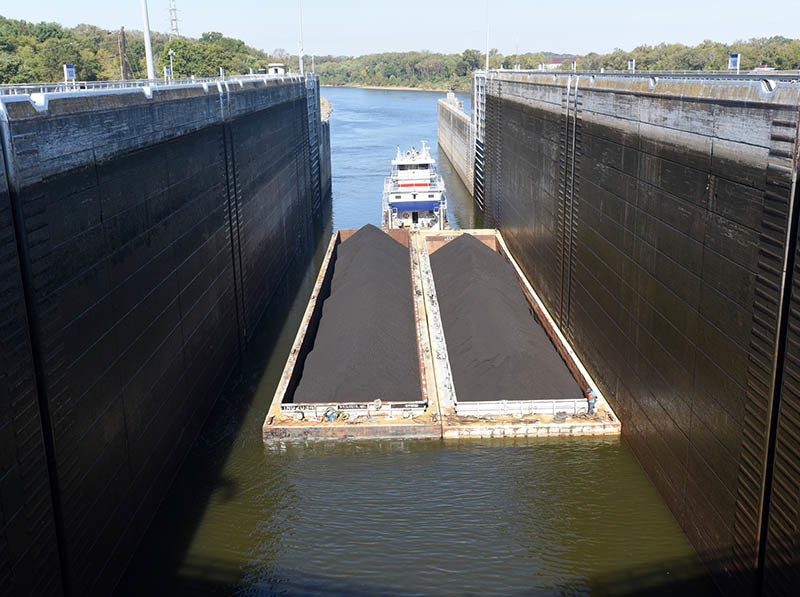Last week, the Supreme Court of the United States (SCOTUS) limited the power of the Environmental Protection Agency (EPA) by removing the authority to determine that power generation shifts from one source to another.
The SCOTUS ruling is much less harmful than most might initially think because the EPA still has the authority to limit carbon emissions, such as by requiring carbon capture and storage.
Many states and utilities have signaled that they will continue to transition away from coal, though the ruling was seen as a major win by the coal industry. Market forces will continue to push coal out of the power mix since it is less competitive than gas or renewables.
The most concerning aspect of the ruling is that SCOTUS has shown that it is willing to limit the powers of the EPA, therefore the EPA must tread lightly before implementing future policy.
Amid the Supreme Court ruling, coal spot prices in the eastern United States have skyrocketed. Spot prices have increased by as much as 50% in one week.
Coal spot prices from selected basins [$/short ton]

Normally, spot price changes will not have an immediate effect on coal power generation.
This is not normal and power generation costs from coal will increase from today until past the end of the year.
With both coal and natural gas having the highest spot prices of the past decade, power generation will follow in having some of the highest prices of the decade.
Exacerbated by heat waves, the rising fossil prices will pressure power customers to pay more on the electric bill.
California Gov. Gavin Newsom, concerned with grid reliability, signed a bill that will increase spending to run some power plants in emergency situations.
California seems to be on track to extend the lifetime of gas power plants from how this bill is framed.
Additionally, the U.S. Department of Energy approved Pacific Gas & Electric’s request to extend the deadline for an application on federal funds to postpone the decommissioning of the Diablo Canyon nuclear power plant in San Luis Obispo County, Calif.
What at first seemed like wishful thinking now appears to be reality. The Diablo Canyon nuclear power plant can very well have an extended lifetime.





